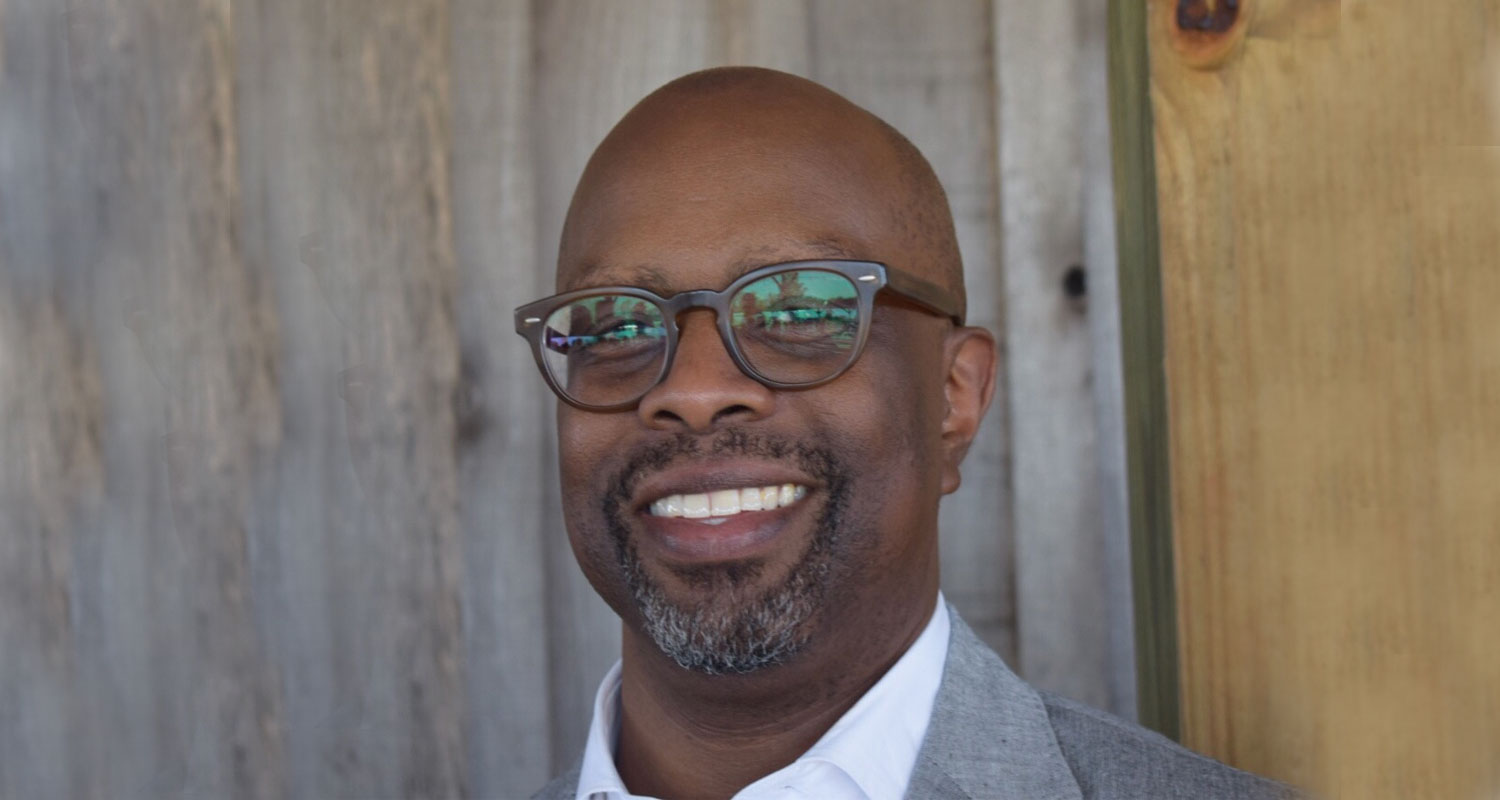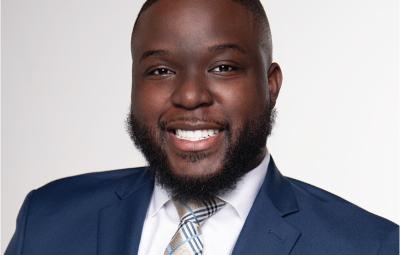
When Associate Professor Daryl A. Wout, Ph.D., Chair of the Psychology Department, was in graduate school, the area of study that intrigued him the most was a theory called stereotype threat. “It’s a theory centered on people’s concerns about being negatively stereotyped based upon their group membership,” says Wout. “As a Black person in grad school, I had concerns about being stereotyped as unintelligent. Going from being at a very supportive HBCU [Historically Black College or University] to a predominantly White school, I was worried that people would think I wasn’t smart enough to be there. Once I learned about the theory, it really resonated with me and I started studying it for years.”
For his postdoc work, Wout worked with the inventor of the theory, Claude Steele, Ph.D., investigating how the threat of stereotypes affects the way people function, especially Black people navigating White spaces. We connected with Wout to learn more about his most recent study on stereotype threat and his thoughts on the importance of Black History Month.
Experiencing the Theory
When Wout attended Stanford University for his postdoc research, he started to notice something intriguing about a particular professor’s interactions with people of color. “There was this older, White professor who was always hanging out with the Black students and Black faculty members. After seeing this, I thought to myself, this guy must be okay. I immediately felt comfortable with him,” says Wout. He felt differently around other White faculty members. With them, he felt like he didn’t fit in and wasn’t welcomed or invited into their circles. “It didn’t feel like a safe space, but the fact that I knew that this one professor had Black friends, that made me feel safer around him. I started to wonder, 'Is that a thing? Is there something that tells a person of color that a White person is safe because other people of color are comfortably interacting with them? Did the Black students and faculty members interacting with him give me some kind of validation cue that he was okay?' So, because a lot of my work revolves around trying to figure out how people of color navigate through their social environments, I started developing some studies to test the idea.”
Creating the Study
Wout created an online setting where Black students came into the lab and believed that they would be interacting with a White student for a project. The White student either had all White friends around him, or three White friends and two Black friends around him. “The question was, did the Black student feel as though they were going to be perceived less stereotypically when they were partnered with a White student who had a diverse set of friends versus all White friends?” Wout explains. “We wanted to know if it would make the Black students feel like the interaction was going to be smoother simply because they had diverse friends.” The study results showed exactly that. The Black students believed that they were going to be perceived more positively when their partner had diverse friends.
“It felt good getting those results because it helped me recognize that I was tapping into something that was a real thing and it wasn’t just my own personal experience. Without seeing the diverse friends, the Black students, and people of color in general, have to psychologically gear up that the person might devalue, stereotype, or be prejudiced toward them, and having to do all of that is very taxing. Having a safe space where you don’t have to do that is refreshing, which is why you often see Black kids, and other students of color, stick together because it’s just less stressful not having to deal with all the extra layers. In many instances, you can’t avoid that stress, but when you can, you just want to be yourself around people who you feel safe with.”
Wout found the same positive impact when the White partner had diverse friends who were not Black. “We had groups where the person had all White friends, or they had three White friends, and a Hispanic friend or an Asian friend. That diversity also created a feeling of safety,” he says. The Black students in the study seemed to be searching for cues that this was an environment where they didn’t have to have their guard up. Diversity signaled to them that they could just relax and be themselves. Further research revealed that when the White partner at least expressed to the Black student that they genuinely wanted to learn from the experience, the Black student became more at ease and believed the interaction would go smoothly.
Applying the Data
Wout believes that the study’s results can both inform White populations and better equip Black populations. “We’re really trying to help White people see that sometimes, for whatever reason, you may not have diversity in your group, and that can have an impact on a person of color. Having more diversity in your friendships and networks is beneficial for everyone,” says Wout. “But, if you have not gotten to the point where you can establish real friendships with people of color, you can at least signal to them that this is a safe place by saying, ‘I’m really interested in interacting with you and learning from this experience.’ But that interaction needs to feel authentic and free from stereotypes.” For people of color, Wout believes that it’s advantageous to focus on a learning goal versus trying to prove yourself. “That takes the focus away from you and you’re not as concerned about showing others that you’re not a stereotype. In the absence of diversity, sometimes that’s enough to create your own sense of safety.”
Celebrating Black History Month
Black History Month represents opportunity for Wout. For him, it’s a time when people only exposed to a “White standard curriculum” can broaden their knowledge of Black history, culture, and people. “It helps show that Black people are so diverse. If you watch television, you walk away just thinking that Black people are this one narrow thing,” says Wout. “But as you have more opportunities to experience different types of people, you realize that they’re just so diverse. There’s no stereotypical Black person. It runs the gamut.”



